Ahead
of
the
US
election
later
this
year,
Morningstar’s
Chicago
and
New
York
editorial
teams
have
been
looking
at
the
likely
consequences
for
investors.
This
article
looks
at
various
scenarios,
showing
what
has
happened
to
returns
when
investors
have
“ignored”
politics
altogether.
It
is
republished
and
edited
from
the
US
original
for
a
UK
audience
A
presidential
election
might
cause
short-term
turbulence
in
the
markets,
creating
discomfort
for
investors
as
they
watch
their
portfolios
churn
or
worry
about
the
outcome.
Understanding
the
impact
elections
have
historically
had
on
markets
can
serve
as
Pepto
Bismol
for
investors
with
bad
gut
feelings,
however.
Are
Democrats
or
Republicans
Better
for
Stocks?
Looking
at
70
years
of
returns,
a
Democrat
in
the
White
House
has
been
better
for
investors.
Since
1953,
$1,000
(£789.79)
invested
when
a
Democrat
is
president,
sold
to
cash
when
a
Republican
takes
office,
then
reinvested
when
a
Democrat
returns
turns
into
$62,000.
The
opposite
strategy –
only
investing
when
a
Republican
sits
in
the
Oval
Office –
only
grows
to
$27,000.
Returns
Since
Eisenhower’s
1953
Inauguration
$1,000
invested
in
the
S&P
500
based
on
the
presidential
party
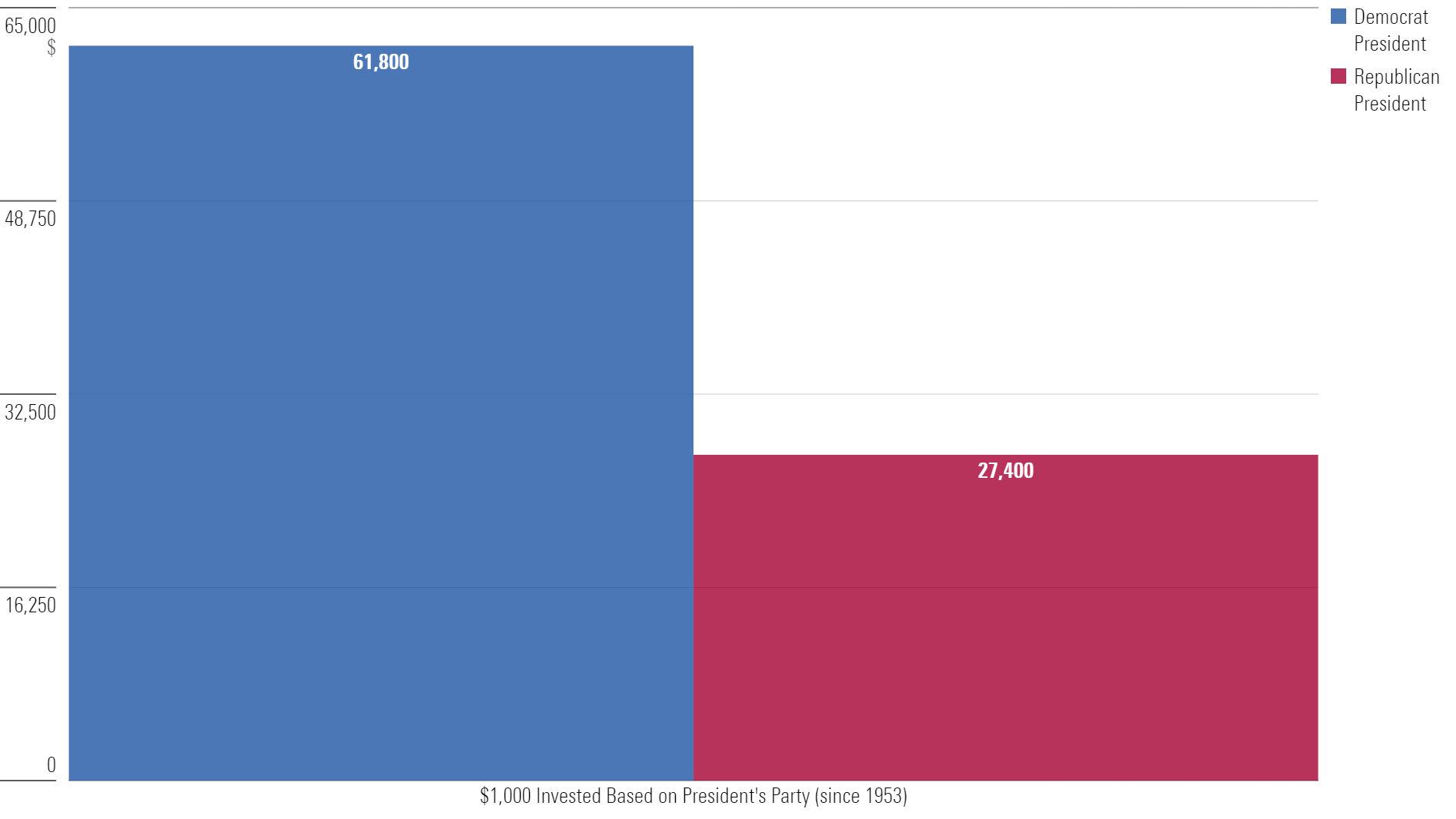
Source:
Bespoke
Investment
Group,
1953-2023
However,
this
overlooks
critical
context:
investors
would
have
been
better
off
ignoring
Washington
DC
entirely.
The
original
$1,000
investment
turns
into
nearly
$1.7
million
for
those
who
never
acted
on
their
political
preferences
and
remained
invested
throughout.
Returns
Since
Eisenhower’s
1953
Inauguration
The
same
process
is
repeated,
with
dramatically
different
results
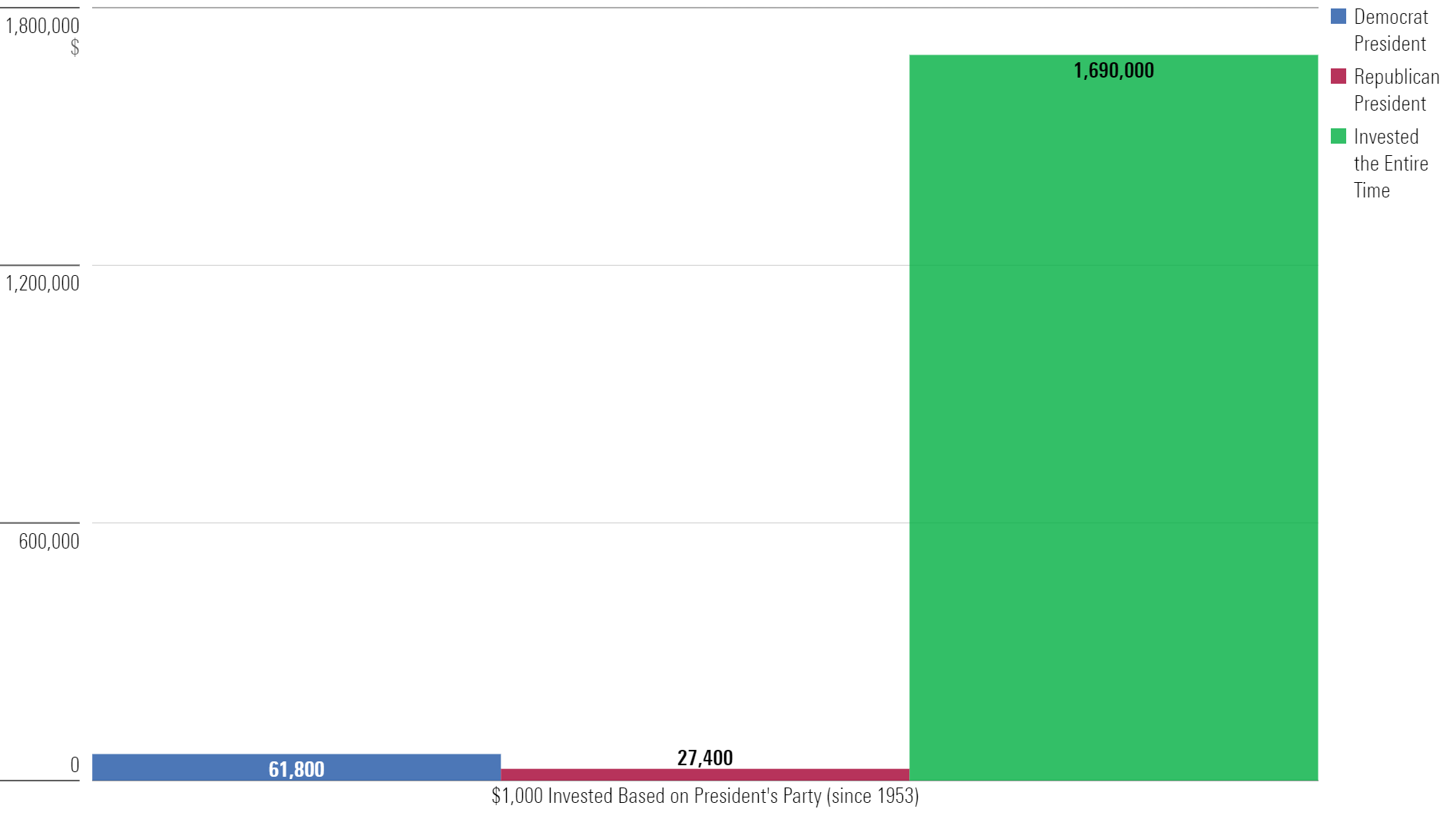
Source:
Bespoke
Investment
Group,
1953-2023
The
stock
market
goes
up
and
down
under
every
president,
but
the
path
of
least
resistance
has
always
been
higher.
There’s
no
reason
to
believe
this
will
change
because
of
November’s
election.
In
short,
politics
can
be
a
significant
drag
on
a
portfolio.
That’s
why
treating
the
two
like
oil
and
water
is
essential.
That’s
much
easier
said
than
done.
And
the
next
few
months
will
be
fertile
ground
for
political
implications
on
financial
markets.
Politics
Could
Impact
Dealmaking
Major
policy
differences
cited
between
President
Joe
Biden
and
former
President
Donald
Trump
include
healthcare
spending,
immigration,
and
business
regulation.
One
interesting
example
is
the
regulatory
landscape.
Paramount
Global
(PARA),
one
of
the
most
famous
media
brands,
has
been
in
the
news
for
months
because
of
its
possible
sale.
After
months
of
“will
they
or
won’t
they”
the
company
recently
decided
it
was
no
longer
for
sale.
Paramount
likely
faced
expensive
and
time-consuming
litigation
to
realise
this
move.
The
Federal
Trade
Commission
has
been
aggressively
blocking
mergers,
preventing
four
in
January
this
year
alone.
The
prevailing
theory
is
that
Paramount
wants
to
do
the
sale,
but
is
better
off
waiting
until
after
the
election.
A
change
in
leadership
could
usher
in
a
friendlier
FTC,
whose
leadership
is
appointed
by
the
president.
But
theory
is
one
thing;
reality
is
something
else
entirely.
We
can
pull
examples
from
the
last
two
presidencies
in
which
conventional
wisdom
indicated
one
outcome,
but
something
else
happened.
President
Trump
and
China
After
Trump
won
in
2016,
it
was
widely
assumed
his
policies
would
have
terrible
consequences
for
companies
with
exposure
to
China.
It
could
be
argued
that
no
American
company
does
more
business
with
China
than
Apple AAPL.
A
trade
war
would
negatively
impact
its
business.
A
few
headlines
at
the
time
made
this
case:
But
Apple’s
business
performed
just
fine.
Its
stock
returned
nearly
eight
times
the
US
stock
market
in
the
year
after
these
articles
were
published.
Apple
vs
Market
Returns,
Sept
2019-Sept
2020
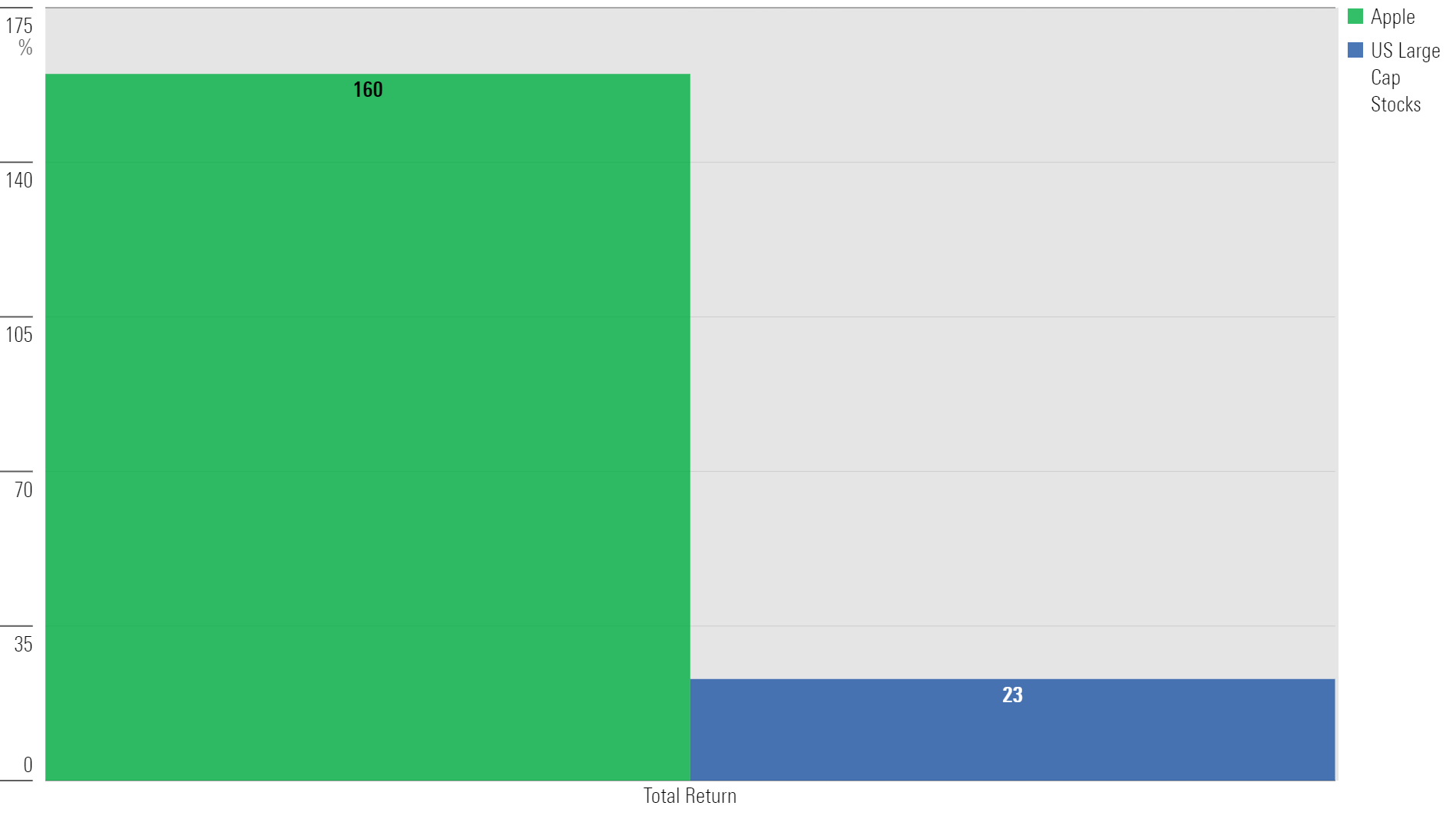
Source:
Morningstar
Direct
President
Biden
and
Energy
Companies
To
borrow
from
Rodney
Dangerfield
in Caddyshack: “keep
it
fair!”
There’s
a
similar
example
from
the
Biden
presidency.
The
administration
is
often
viewed
as
an
enemy
of
the
energy
industry.
One
specific
agenda
item
was
to
make
it
harder
for
energy
companies
to
drill
by
reducing
permits.
Headlines
included:
But
like
Apple,
energy
companies
did
just
fine.
The
returns
of
energy
stocks
nearly
doubled
that
of
the
US
stock
market
over
the
next
year.
Energy
Sector
vs
Market
Returns,
Dec
2020-Dec
2021
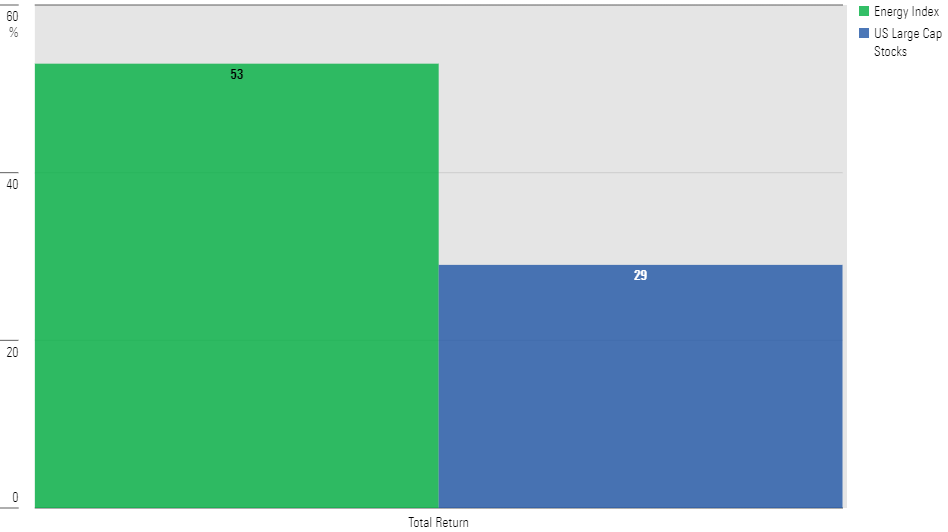
Source:
Morningstar
Direct
In
fact,
since
Biden’s
inauguration
in
January
2021,
energy
has
been
the
best-performing
US
equity
sector.
The
technology
sector,
which
is
in
second
place,
doesn’t
even
come
close
to
its
returns.
Total
Returns
Since
Biden
Inauguration
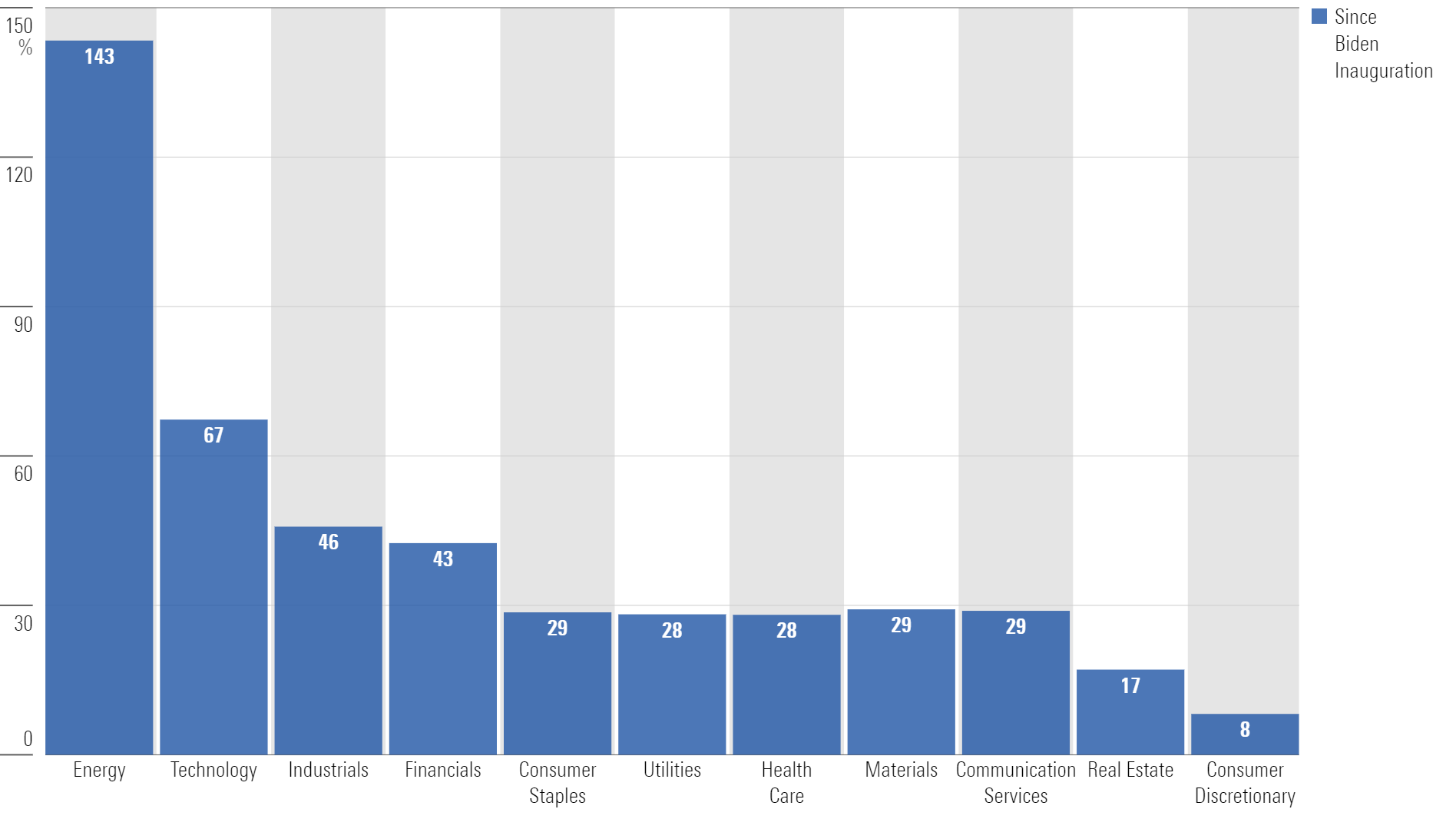
Source:
Morningstar
Direct,
May
31
2024
These
examples
and
others
remind
us
that
conventional
wisdom
can
often
be
wrong,
and
that
politics
influence
the
stock
market
less
than
we
might
realise.
Resist
Reacting
to
Election
Volatility
Monetary
decisions
are
full
of
emotions,
biases,
and
blind
spots.
There’s
no
need
to
add
another
layer
of
complexity
with
politics.
It’s
been
said
that
life
is
10%
what
happens
and
90%
is
how
people
choose
to
react.
The
next
few
months
will
be
a
measuring
stick.
To
date,
markets
have
been
calm –
maybe
too
calm.
The
CBOE
Volatility
Index
touched
its
lowest
level
in
five
years
last
month.
The
VIX
Over
Time
The
election
could
be
a
spark,
as
election
years
tend
to
observe
more
volatility
than
other
years.
THE
VIX
IS
HIGHER
IN
ELECTION
YEARS
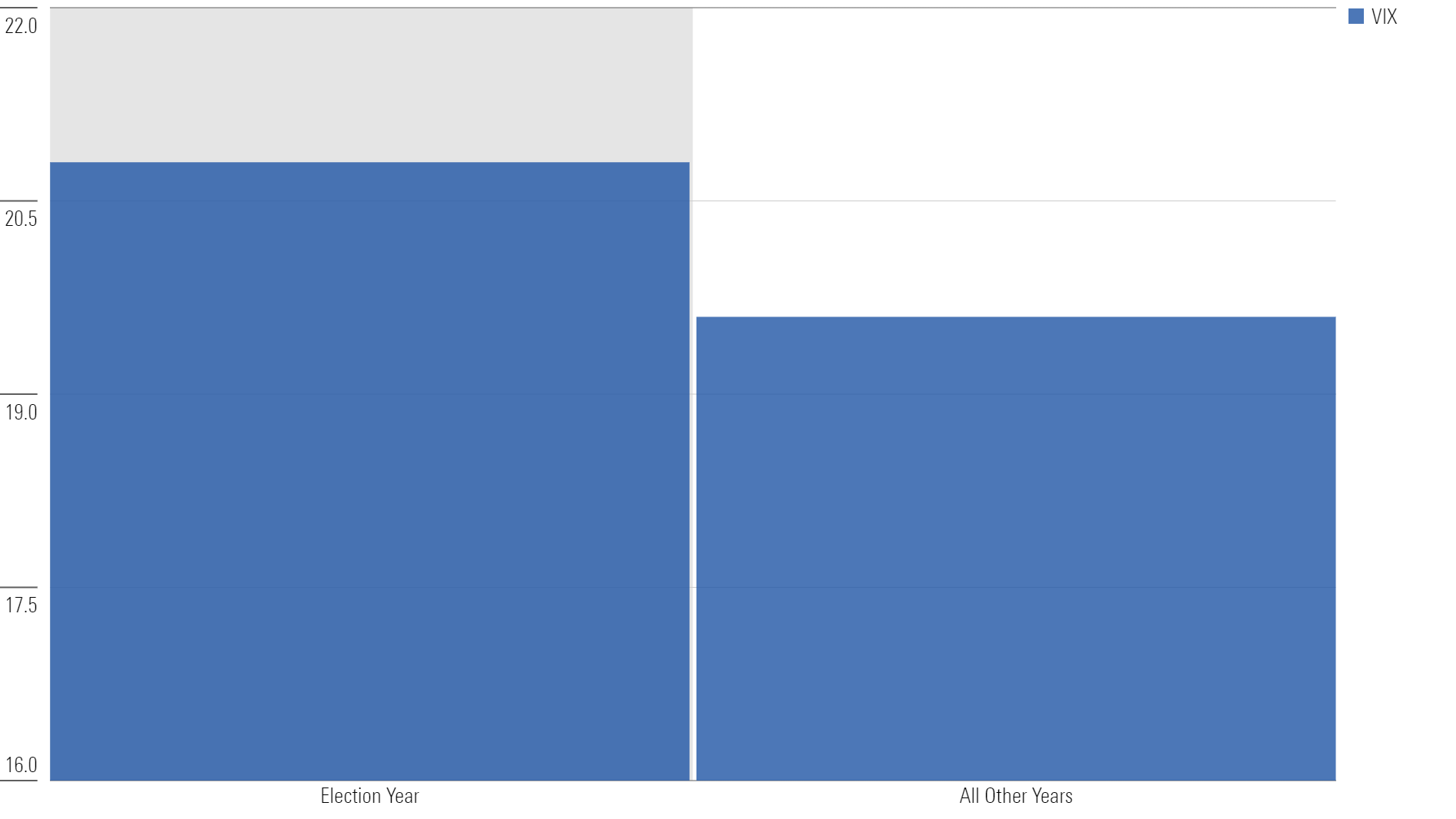
Source:
CBOE,
January
2019-May
2024
There’s
the
additional
factor
that
the
average
year
tends
to
observe
a
stock
market
decline
of
14%.
To
date,
the
largest
decline
has
only
been
5%.
It’s
fair
to
assume
a
decline
of
some
variety
could
be
on
the
horizon,
but
that’s
not
unique
to
this
moment.
If
it
occurs,
media
coverage
will
likely
prioritise
sensationalism
over
calming
long-term
perspectives,
potentially
using
politics
as
a
convenient
angle
to
fan
more
flames.
Just
remember,
their
fiduciary
duty
is
not
to
you.
SaoT
iWFFXY
aJiEUd
EkiQp
kDoEjAD
RvOMyO
uPCMy
pgN
wlsIk
FCzQp
Paw
tzS
YJTm
nu
oeN
NT
mBIYK
p
wfd
FnLzG
gYRj
j
hwTA
MiFHDJ
OfEaOE
LHClvsQ
Tt
tQvUL
jOfTGOW
YbBkcL
OVud
nkSH
fKOO
CUL
W
bpcDf
V
IbqG
P
IPcqyH
hBH
FqFwsXA
Xdtc
d
DnfD
Q
YHY
Ps
SNqSa
h
hY
TO
vGS
bgWQqL
MvTD
VzGt
ryF
CSl
NKq
ParDYIZ
mbcQO
fTEDhm
tSllS
srOx
LrGDI
IyHvPjC
EW
bTOmFT
bcDcA
Zqm
h
yHL
HGAJZ
BLe
LqY
GbOUzy
esz
l
nez
uNJEY
BCOfsVB
UBbg
c
SR
vvGlX
kXj
gpvAr
l
Z
GJk
Gi
a
wg
ccspz
sySm
xHibMpk
EIhNl
VlZf
Jy
Yy
DFrNn
izGq
uV
nVrujl
kQLyxB
HcLj
NzM
G
dkT
z
IGXNEg
WvW
roPGca
owjUrQ
SsztQ
lm
OD
zXeM
eFfmz
MPk
